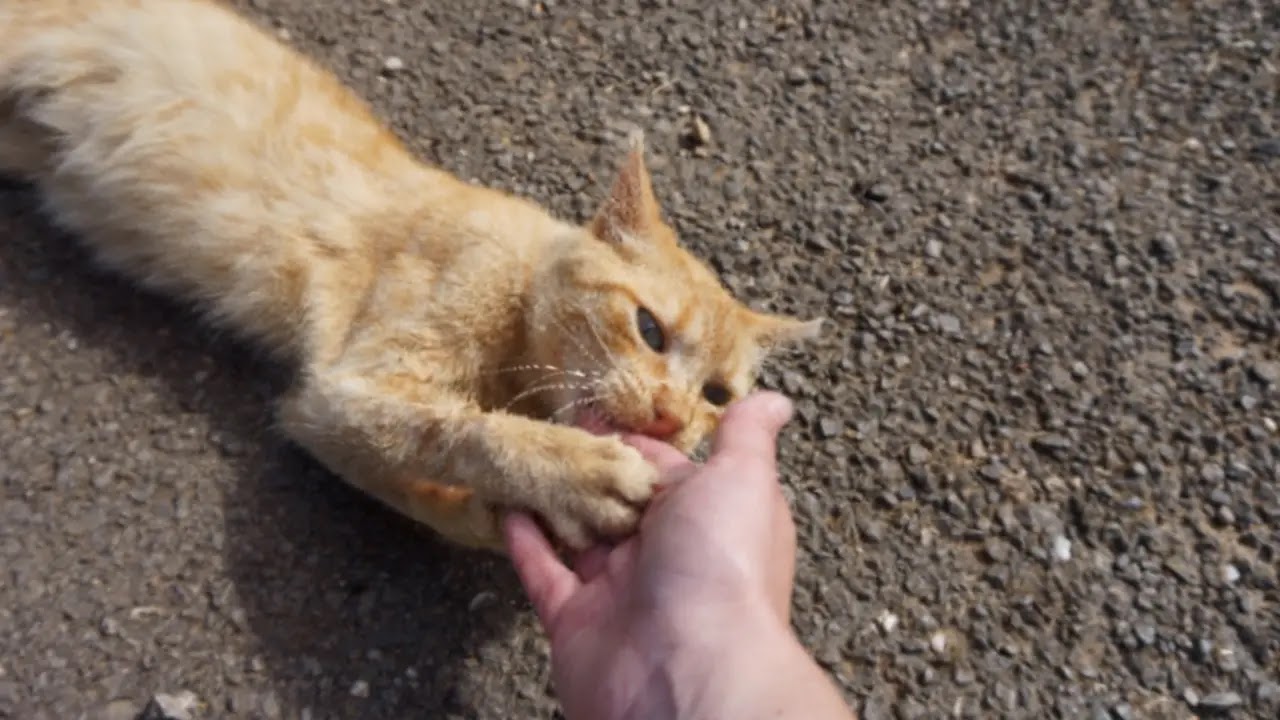introduction
Cat biting can be a concerning behavior for many pet owners, as it can lead to injuries and strain the bond between humans and their feline companions. In this essay, we will explore the various reasons why cats bite and discuss effective strategies to prevent biting incidents. By understanding the underlying causes and implementing preventive measures, we can foster a safe and harmonious relationship with our beloved cats.
table about Cat Biting
| Reasons Cats Bite | How to Prevent Your Cat From Biting |
|---|---|
| Fear or Anxiety | Create a safe and calm environment for your cat. |
| Pain or Discomfort | Regularly check your cat's health and see a vet if needed. |
| Overstimulation | Learn to recognize your cat's body language and give them space when needed. |
| Play Aggression | Provide appropriate toys and redirect their focus onto them. |
| Territorial Behavior | Neuter or spay your cat to reduce territorial instincts. |
| Lack of Socialization | Gradually expose your cat to new people and situations. |
| Redirected Aggression | Identify the source of frustration and remove your cat from the situation. |
Fear and Anxiety
Fear and Anxiety: One common reason why cats bite is fear or anxiety. Cats may resort to biting when they feel threatened or unsafe in their environment. To prevent biting in such situations, it is crucial to create a safe and calm space for your cat. Provide them with hiding spots, vertical surfaces to climb, and ensure they have access to a quiet area where they can retreat when they feel overwhelmed.
Pain or Discomfort
Pain or Discomfort: Cats experiencing pain or discomfort may also resort to biting as a means of self-defense. Regularly monitoring your cat's health and promptly addressing any signs of pain or discomfort can help prevent biting incidents. Consult with a veterinarian who can identify and treat any underlying medical issues your cat may be experiencing.
Overstimulation
Overstimulation: Cats have different thresholds for stimulation, and when they become overstimulated, they may resort to biting. It is important to learn to recognize your cat's body language and provide them with space when needed. Avoid excessive petting and playtime, and allow them to have quiet downtime to relax and recharge.
Play Aggression
Play Aggression: Play aggression is another common reason for biting. Cats, especially young ones, may become too excited during play and unintentionally bite. Providing appropriate toys and redirecting their focus onto them can discourage biting during play. Use interactive toys to engage their hunting instincts and discourage the use of hands or feet as play objects.
Territorial Behavior
Territorial Behavior: Cats are territorial animals, and biting may be a way for them to assert their dominance or protect their territory. Neutering or spaying your cat can help reduce territorial instincts and minimize aggressive behavior. Additionally, providing ample resources and separate areas for multiple cats in a household can help alleviate territorial conflicts.
Lack of Socialization
Lack of Socialization: Insufficient socialization during a cat's early development can contribute to fear and aggression. Gradually exposing your cat to new people, environments, and experiences can help them become more comfortable and reduce the likelihood of biting. Start with short and positive interactions, rewarding your cat for calm and non-aggressive behavior.
Redirected Aggression
Redirected Aggression: Redirected aggression occurs when a cat becomes frustrated or agitated by something or someone outside, and then directs their aggression towards a person or another pet in the household. Identifying the source of frustration and removing your cat from the situation can help prevent biting incidents. Providing environmental enrichment and distractions, such as toys and scratching posts, can also help alleviate frustration.
Conclusion
Understanding the reasons behind cat biting behaviors and implementing preventive measures can significantly reduce the occurrence of biting incidents. By creating a safe and calm environment, addressing any physical discomfort, recognizing the signs of overstimulation, and promoting positive socialization, we can foster a strong bond with our cats based on trust and respect. Remember, patience and consistent positive reinforcement are key in preventing cat biting.
References
- Johnson-Bennett, Pam. "Think Like a Cat: How to Raise a Well-Adjusted Cat—Not a Sour Puss." Penguin Books, 2011.
- Bradshaw, John. "Cat Sense: How the New Feline Science Can Make You a Better Friend to Your Pet." Basic Books, 2013.
- Overall, Karen L. "Manual of Clinical Behavioral Medicine for Dogs and Cats." Elsevier Health Sciences, 2010


